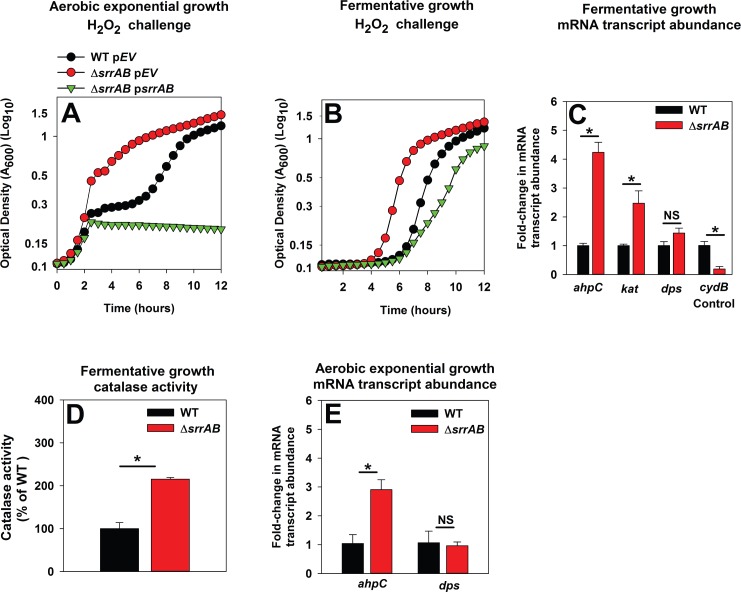Fig 4. SrrAB negatively influences ahpC and kat during the early exponential growth and fermentative growth phases upon culture in TSB medium.
Panels A-B; The ΔsrrAB strain is resistant towards H2O2 challenge when cultured aerobically to exponential growth (Panel A) or fermentatively (Panel B). The WT (JMB1100) with pCM28 empty vector (pEV) and the ΔsrrAB strain (JMB1467) with pCM28 (pEV) or psrrAB were cultured in TSB aerobically to exponential growth phase (2 doublings) (Panel A) or fermentatively (Panel B). The cells were subsequently challenged with 2.6 mM (Panel A) or 0.22 mM H2O2 (Panel B) and growth was monitored aerobically. Panels C; The mRNA transcript abundances corresponding to ahpC and kat are increased in the ΔsrrAB strain cultured fermentatively. The abundances of the ahpC, kat, dps, and cydB mRNA transcripts were determined in the WT and ΔsrrAB strains cultured fermentatively. Panel D; Catalase (Kat) activity is increased in a ΔsrrAB strain cultured fermentatively. Kat activity was assessed in cell-free lysates from the WT and ΔsrrAB strains after fermentative culture. Panel E; The abundance of the ahpC transcript is increased in the ΔsrrAB strain cultured aerobically to exponential growth. Transcript abundances corresponding to ahpC and dps were quantified in the WT and ΔsrrAB strains cultured aerobically to exponential growth phase. The data in Panels C and E were normalized to 16s rRNA transcript levels and are presented as fold-change relative to the WT. Data shown in panels C-E represent the average of biological triplicates with standard deviations shown. Representative growth profiles are presented in Panels A and B and experiments were performed on least three independent occasions. Where indicated, two-tail student t-tests were performed on data and * denotes p< 0.05 and NS denotes not significant.

